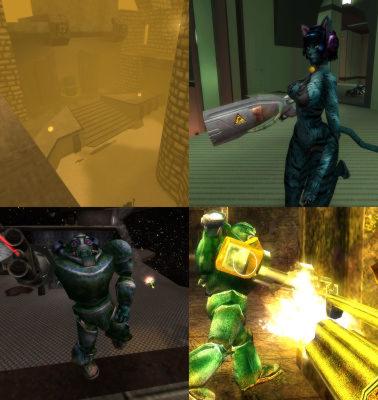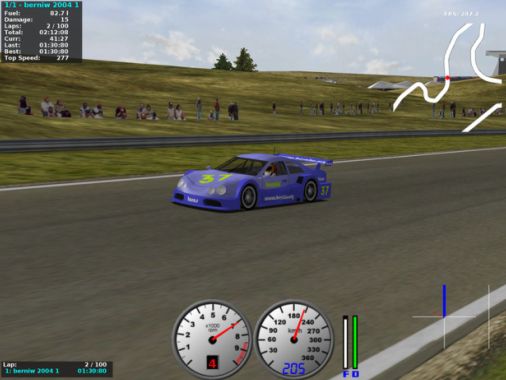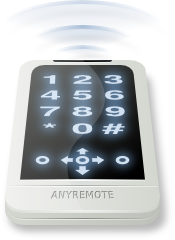Ubuntu 10.10/11.04 or any other Linux Based systems(such as – Open Suse, Linux Mint, Fedora etc.) has been lagging behind the windows when it comes to Games support. There are mainly two reasons that Linux based os isn’t the favorite platform of Gamers- First,Most of the commercial games are released just for Windows Platform; second the graphics card performance(probably due to the fact that Graphics Card Manufacturers do not release the appropriate drivers for Linux Platform,by the way if they releases proprietary(Closed Source) drivers then there is much possibility of compatibility issues with Linux based operating system).
The time has changed now,Linux based OS like Ubuntu is now becoming the favorite choice for gaming; mostly,due to availability of a large collection of open source and free games. Some commercial games developers has also concentrated on Ubuntu as their target platform. Nvidia Graphics card provides good performance on Ubuntu.
Top 10 Ubuntu Games – at a Glance
# 0 : Open Arena
Open Arena is an open source (and free) multiplayer FPS (First Person Shooter) game based on ioquake3 fork of the id tech 3 engine. it is the free version of quake III arena and it can stand alone so Quake III Arena is not required to play this game.

Download and installation instructions
If you are using Ubuntu 10.04/10.10 then download open arena deb and open with ‘Ubuntu Software Center’ (or open with ‘gdebi Package Manager’ in older versions of Ubuntu)to install. Visit the official wiki page of Open Arena- Installation Detailsfor other Linux Distributions.
# 1 : Torcs
Torcs is a 3D Racing Car Simulation Game based on OpenGL. it is available free for all platforms e.g Linux based OS(e.g Ubuntu 10.04/10.10/11.04),Windows,Mac OS X,BSD; available as an open source software.it has more than 50 cars,20 tracks and 50 opponents available for racing with lot of other features that brings reality during simulation.

Install Torcs on Ubuntu 10.04/10.10/11.04
>> Download the debian package – download torcs debian package
>> Open the *.deb with Ubuntu Software Center ; then click on install.
# 2 : Urban Terror
Urban Terror is a free multiplayer and multi-platform FPS(First Person Shooter) game similar to Quake I



 The overall goal of this project is to provide remote control service on Linux through Bluetooth, InfraRed, Wi-Fi or just TCP/IP connection.
The overall goal of this project is to provide remote control service on Linux through Bluetooth, InfraRed, Wi-Fi or just TCP/IP connection.